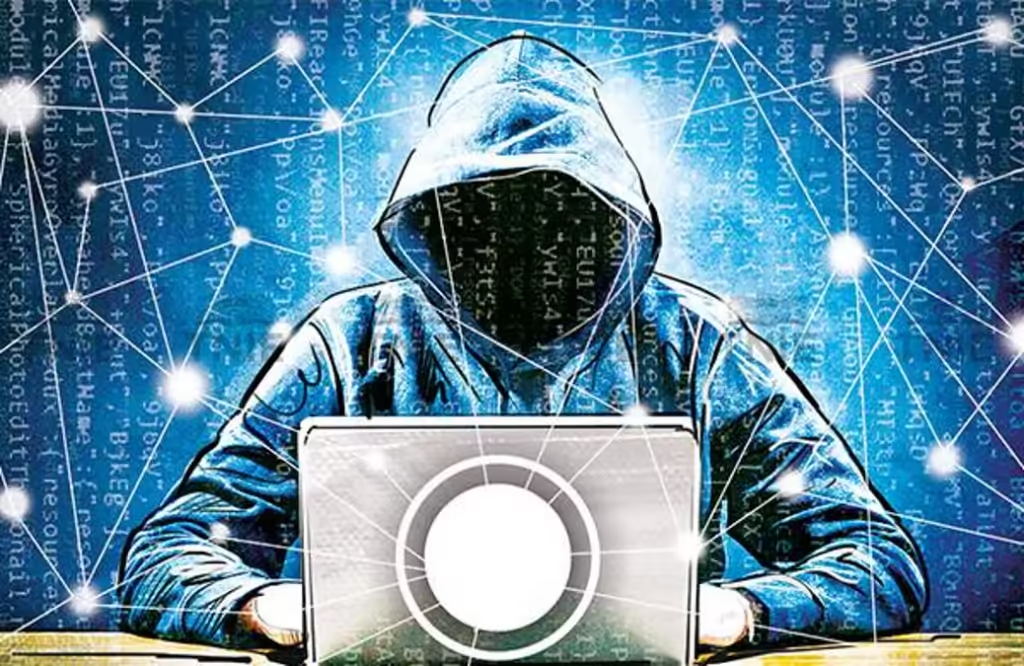The digital art industry has witnessed exponential growth, driven by the rise of NFTs (Non-Fungible Tokens) and blockchain technology. However, challenges such as art forgery, copyright infringement, and ownership disputes remain significant concerns. Blockchain provides an immutable, decentralized ledger that enhances authenticity, provenance tracking, and security for digital assets, revolutionizing how art is bought, sold, and protected.
How Blockchain Enhances Digital Art Security
1. Immutable Ownership Records
- Blockchain assigns a unique cryptographic signature to each digital artwork, ensuring permanent proof of ownership.
- Artists can mint NFTs, which act as digital certificates verifying the creator and transaction history.
- The ledger prevents unauthorized duplication, reducing digital piracy.
2. Provenance Tracking and Authentication
- Blockchain allows collectors and buyers to trace the complete history of an artwork, from its creation to all past transactions.
- Smart contracts automate verification and prevent counterfeit digital art from being sold.
- Digital assets can be timestamped, ensuring originality and legitimacy.
3. Smart Contracts for Royalties and Monetization
- Artists can embed automated royalty mechanisms in smart contracts, ensuring they receive a percentage of resale value.
- This eliminates intermediaries, allowing artists to benefit from secondary market sales.
- Smart contracts execute payments instantly and transparently, reducing fraud in transactions.
4. Enhanced Copyright Protection
- Blockchain helps establish digital rights management (DRM), preventing unauthorized use of artwork.
- Artists can issue exclusive digital licenses, ensuring controlled distribution.
- The decentralized system minimizes copyright infringement risks by timestamping the original creation.
Applications of Blockchain in the Art Industry
1. NFTs and Digital Art Marketplaces
- Platforms like OpenSea, Rarible, and SuperRare leverage blockchain for secure art trading.
- Digital artworks are tokenized as NFTs, ensuring verifiable ownership.
- The secondary market remains transparent, preventing art fraud and price manipulation.
2. Tokenization of Physical Artwork
- Traditional paintings and sculptures can be digitally tokenized, enabling fractional ownership.
- Museums and galleries can issue blockchain-based certificates of authenticity, reducing art forgery.
- Investors can buy shares of famous artworks, democratizing art investment opportunities.
3. Decentralized Art Registries
- Artists can store their works in decentralized databases, ensuring their creations remain permanently verifiable.
- These registries prevent forgeries and unauthorized reproduction by serving as an official source for authentication.
- Decentralized verification eliminates the reliance on third-party authentication bodies.
4. Blockchain for Art Auctions and Sales
- Blockchain-based auction platforms increase transparency by tracking bids and final sale prices.
- The decentralized model eliminates price manipulation and insider trading in art auctions.
- Buyers can verify the legitimacy of an artwork before making a purchase, reducing fraud.
Challenges and Considerations in Blockchain Adoption
1. Environmental Concerns
- Some blockchain networks, like Ethereum (pre-Merge), consume high energy, raising sustainability issues.
- Newer blockchains like Tezos and Solana offer eco-friendly, low-energy alternatives for NFT minting.
2. Legal and Regulatory Uncertainty
- Many countries lack clear regulations on NFTs and digital asset ownership.
- Disputes over intellectual property rights may require legal adaptation for blockchain-based assets.
3. Security Risks and Market Volatility
- While blockchain is secure, NFT marketplaces have been targeted by hacking and phishing attacks.
- The speculative nature of NFTs leads to high volatility, impacting investment stability.
4. User Accessibility and Adoption Barriers
- Artists unfamiliar with blockchain may find NFT creation and wallet management complex.
- Gas fees and transaction costs can discourage smaller artists from adopting blockchain.
As blockchain evolves, layer-2 scaling solutions, zero-knowledge proofs, and cross-chain interoperability will improve security and efficiency in the digital art market. The integration of AI-driven art verification tools and decentralized art museums will further cement blockchain as the foundation for securing digital assets in the art world.




